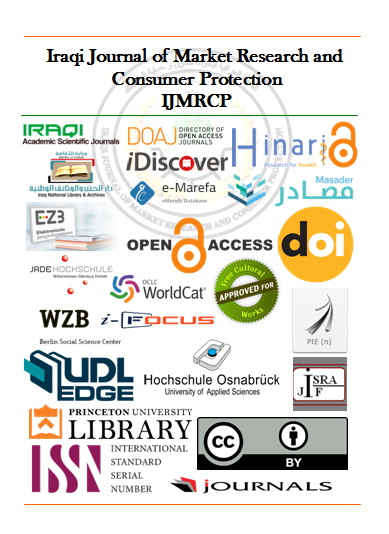EFFECT OF USING STEVIA LEAF POWDER IN THE MANUFACTURE OF A DAIRY PRODUCT (CREAM) AGAINST THE MICROORGANISMS THAT CAUSE FOOD SPOILAGE AND THEIR ACCEPTANCE BY THE CONSUMER
EFFECT OF USING STEVIA LEAF POWDER IN THE MANUFACTURE OF A DAIRY PRODUCT (CREAM) AGAINST THE MICROORGANISMS THAT CAUSE FOOD SPOILAGE AND THEIR ACCEPTANCE BY THE CONSUMER
Keywords:
Stevia sweetener, physicochemical analysis, microbial content, sensory evaluationAbstract
The increase in obesity and the many accompanying diseases is attributed to the increased production and consumption of foods made of non-nutritive sweeteners without regard to the risks of consuming additional calories, and this in turn leads to hormonal imbalance and metabolic disorders and the resulting imbalance and ill health that have spread to all segments of society. During the research, 0.01, 0.02, 0.03, 0.04 and 0.05 % of stevia sweetener was added to the cream instead of the sugar used. Physical and chemical tests were performed for the stevia extract and the microbial content in the cream, as well as the sensory evaluation. It was noted that fortifying the cream with calorie-free stevia sugar led to the production of a cream with excellent texture, color and taste, with a very desirable sweetness and flavor, and the absence of any strange taste or flavor.






